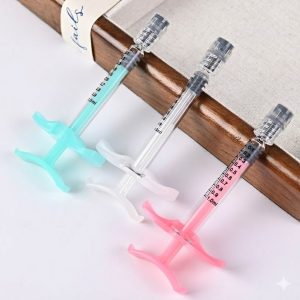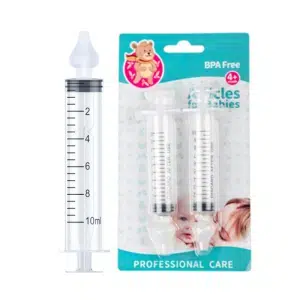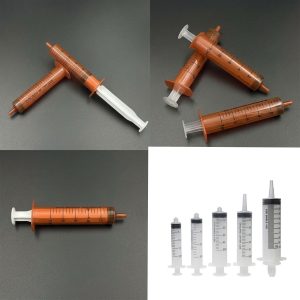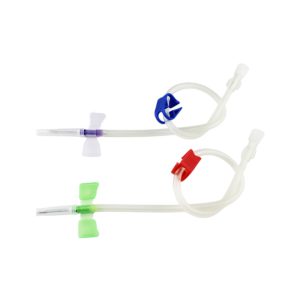In today’s world, diabetes affects hundreds of millions of people globally, making it one of the most prevalent chronic conditions of our time. For those who depend on insulin injections, daily treatment represents both a lifeline and, often, a source of anxiety. Today, we explore an innovative breakthrough in diabetes care technology: retractable insulin pen needles – and how they’re transforming blood glucose management for patients worldwide.
The Challenge of Traditional Injection Therapy
Sarah, a 45-year-old teacher diagnosed with Type 1 diabetes five years ago, shares a common concern: “Every time I see that needle, my heart skips a beat. Sometimes I delay my injections because of the fear, and I know that affects my blood sugar control.”
Sarah’s experience reflects a widespread issue in diabetes management. Traditional insulin pen needles, while significantly improved over the years, still present several challenges:
- Safety concerns: Exposed needles after use pose risks of accidental needlestick injuries
- Psychological barriers: Needle phobia affects injection compliance in many patients
- Infection risks: Improper needle disposal or reuse can lead to complications
- Disposal difficulties: Safe handling of used sharps remains a concern for patients and families
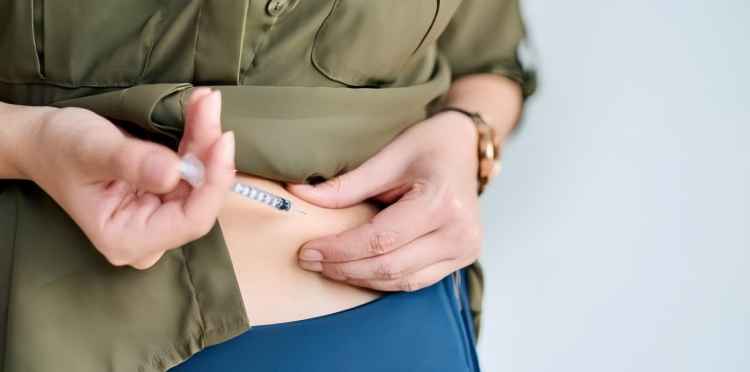
Innovation Meets Need: The Retractable Design
The retractable insulin pen needle represents a elegant solution to these longstanding problems. The engineering principle is surprisingly straightforward, yet brilliantly effective.
Think of a retractable ballpoint pen – after writing, the tip automatically retracts into the barrel. Retractable insulin needles employ a similar mechanism: once the injection is complete, the needle automatically withdraws into a protective housing, much like a cautious turtle retreating into its shell.
This seemingly simple design innovation incorporates sophisticated engineering principles and reflects deep understanding of patient needs and concerns.
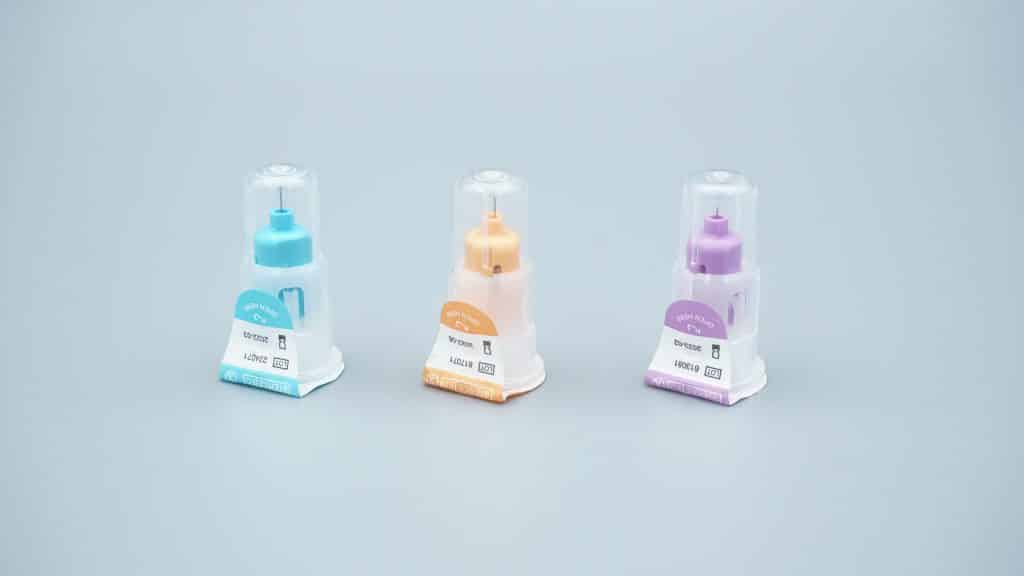
The Hidden Connection: How Needle Design Impacts Blood Sugar Control
You might wonder: can a small needle modification really influence blood glucose management? The answer lies in understanding the complex relationship between patient psychology, treatment adherence, and clinical outcomes.
Psychological Comfort Drives Compliance
Mark, a recently diagnosed Type 2 diabetes patient, experienced a remarkable transformation after switching to retractable needles: “The fear factor is almost gone now. I’m no longer anxious about injection time, and I haven’t missed a dose in weeks. My glucose readings have been much more stable.”
When injection anxiety decreases, patients are more likely to:
- Maintain consistent injection schedules
- Follow prescribed insulin regimens accurately
- Engage proactively with their healthcare providers
- Develop positive attitudes toward long-term diabetes management
Safety Assurance Builds Confidence
For patients requiring multiple daily injections, safety considerations are paramount. The retractable design eliminates accidental needlestick exposure, protecting not only patients but also family members – particularly important in households with children.
Maria, a grandmother with diabetes, explains: “I was always worried my grandson might accidentally touch a used needle. Now that the needle retracts immediately after use, I feel much safer, and I don’t hesitate to take my insulin when I should.”

The Science of Improved Outcomes
From a clinical perspective, consistent insulin administration is fundamental to effective diabetes management. Research demonstrates that every 10% improvement in injection adherence correlates with meaningful reductions in HbA1c levels – a key marker of long-term blood sugar control.
Retractable needles contribute to better glycemic control through several mechanisms:
Enhanced Injection Consistency: When needle anxiety diminishes, missed injections decrease significantly. Clinical observations show that patients using retractable needles demonstrate 15-20% better adherence rates compared to traditional needle users.
Reduced Injection Site Complications: The safety-focused design minimizes infection risks, preserving injection site health and ensuring optimal insulin absorption.
Improved Medication Utilization: Quality needle construction ensures complete insulin delivery, preventing medication waste and dosing inaccuracies that can affect blood sugar stability.
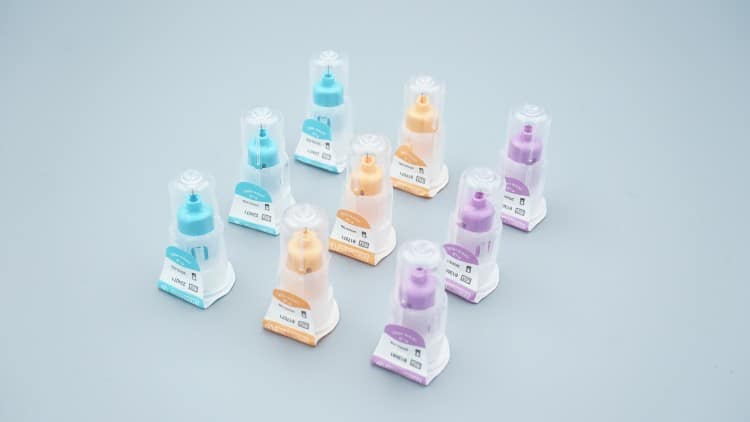
Making Informed Choices: Beyond Price Considerations
With various insulin pen needle options available, how should patients and healthcare providers make selection decisions?
Safety Certification: The Foundation
Choose products certified by recognized regulatory bodies, ensuring compliance with medical device safety standards. Reputable manufacturers subject their retractable needles to rigorous testing protocols, including biocompatibility assessments and functional performance evaluations.
Compatibility Considerations
Different insulin pen brands may have varying connector specifications. Ensure complete compatibility between the needle and your specific insulin delivery device to guarantee proper function and safety.
Comfort Optimization
Needle length and gauge affect injection comfort. Generally, shorter, thinner needles reduce injection discomfort, though proper sizing should always be determined in consultation with healthcare professionals.
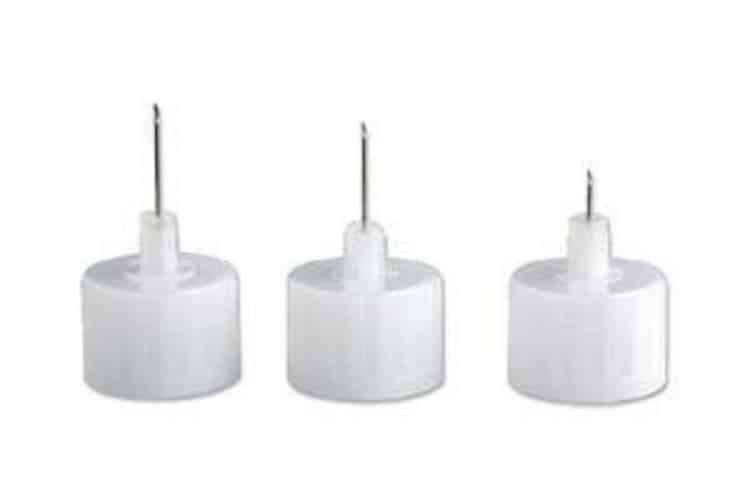
Best Practices for Optimal Results
Even the most advanced medical devices require proper use to achieve maximum benefit.
Pre-use Inspection: Verify packaging integrity and protective housing completeness before use.
Secure Installation: Attach the needle firmly to the insulin pen, ensuring stable connection without over-tightening.
Proper Technique: Select appropriate injection sites and maintain correct injection angles and depths as recommended by your healthcare provider.
Immediate Disposal: Discard the entire needle unit after single use – never attempt to reuse retractable needles.
The Broader Impact: Quality of Life Enhancement
Beyond the immediate clinical benefits, retractable insulin pen needles contribute to broader improvements in patient quality of life:
Reduced Treatment Burden: Simplified injection procedures decrease the mental and emotional energy required for diabetes self-care.
Increased Independence: Enhanced safety features allow patients to manage their condition more confidently, including in social settings.
Family Peace of Mind: Safer disposal reduces family anxiety about accidental exposures, creating a more supportive home environment for diabetes management.
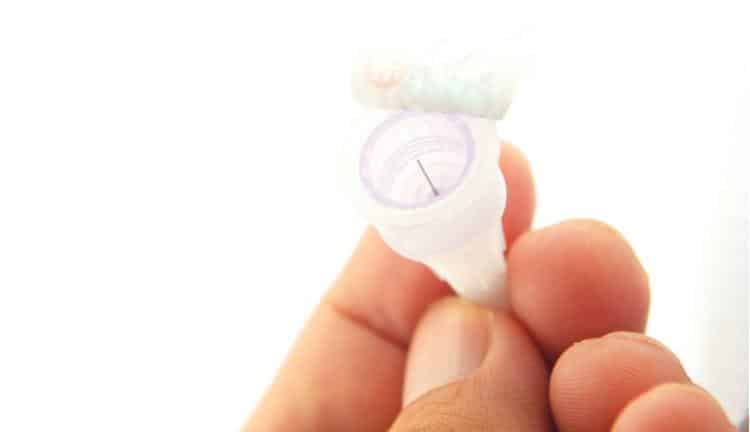
Future Horizons: Technology Meets Compassion
The development of retractable insulin pen needles exemplifies an important trend in modern healthcare technology: the integration of clinical functionality with human-centered design. This approach recognizes that effective medical devices must address not only physiological needs but also psychological and social factors that influence health outcomes.
As technology continues advancing, we can anticipate further innovations that make chronic disease management more intuitive, less burdensome, and more aligned with patients’ daily lives.
For manufacturers, this represents both an opportunity and a responsibility to continue pushing the boundaries of what’s possible while maintaining unwavering focus on quality and safety.
Professional Recommendations
Healthcare providers and diabetes educators should consider several factors when discussing needle options with patients:
Individual Assessment: Evaluate each patient’s specific concerns, lifestyle factors, and injection technique to recommend the most appropriate needle type.
Education Priority: Ensure patients understand proper injection techniques regardless of needle type, as technique remains fundamental to treatment success.
Regular Review: Periodically reassess needle performance and patient satisfaction, adjusting recommendations as needed.
Important Reminders
While retractable insulin pen needles offer significant advantages in safety and convenience, they complement but cannot replace comprehensive diabetes management strategies. Patients must continue to:
- Monitor blood glucose levels regularly
- Follow prescribed medication regimens precisely
- Maintain healthy lifestyle practices
- Attend scheduled medical appointments and adjust treatment plans as needed
Remember: medical devices are tools that support, not substitute for, active patient engagement in diabetes self-care.
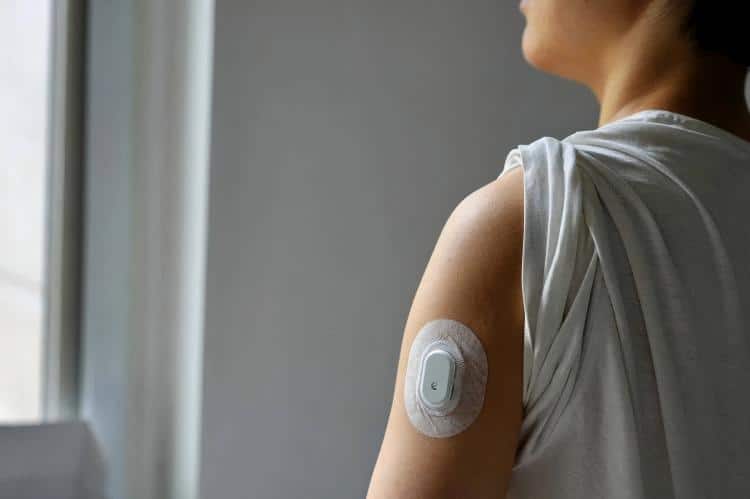
Looking Forward: A Collaborative Approach to Innovation
The success of any medical innovation depends on collaboration between manufacturers, healthcare providers, and patients. Retractable insulin pen needles represent just one example of how thoughtful engineering can address real-world healthcare challenges.
As we continue advancing diabetes care technology, the focus must remain on solutions that genuinely improve patient outcomes while respecting the human experience of living with chronic disease.
Conclusion
In the journey of diabetes management, every innovation that reduces patient burden while improving clinical outcomes deserves recognition and support. Retractable insulin pen needles may seem like a small modification, but they represent something much larger: the commitment to making essential medical treatments safer, more comfortable, and more humane.
Through continued innovation and unwavering focus on patient needs, we can transform diabetes care from a daily challenge into a manageable aspect of healthy, fulfilling lives. The goal is not just better blood sugar control, but empowering patients to live confidently with diabetes.
Together – patients, providers, and manufacturers – we can continue building a future where advanced technology serves human dignity and health with equal dedication.
This article is intended for educational purposes. Always consult qualified healthcare professionals for personalized medical advice and treatment recommendations. For product information, please contact authorized healthcare suppliers or manufacturers, contact us


